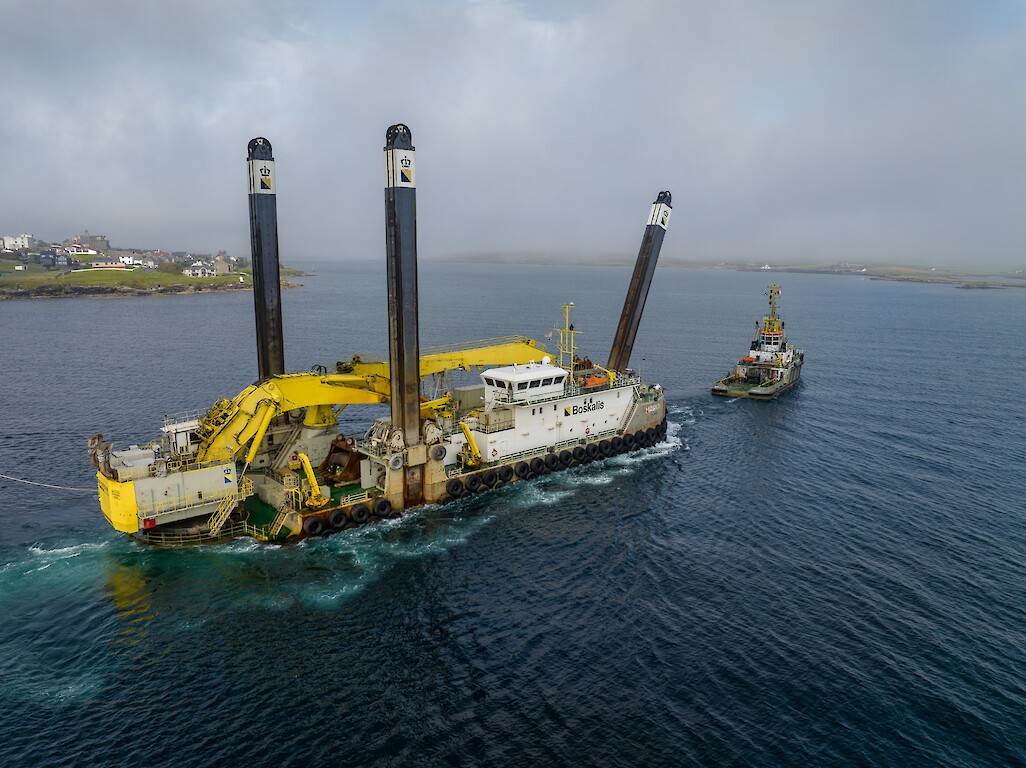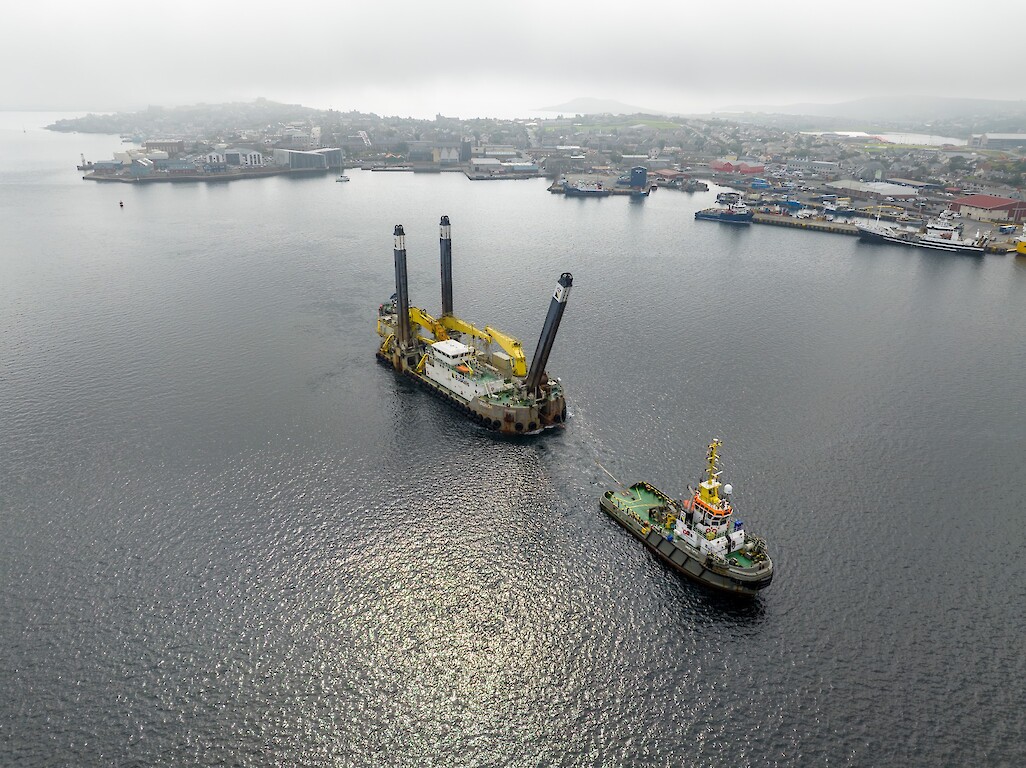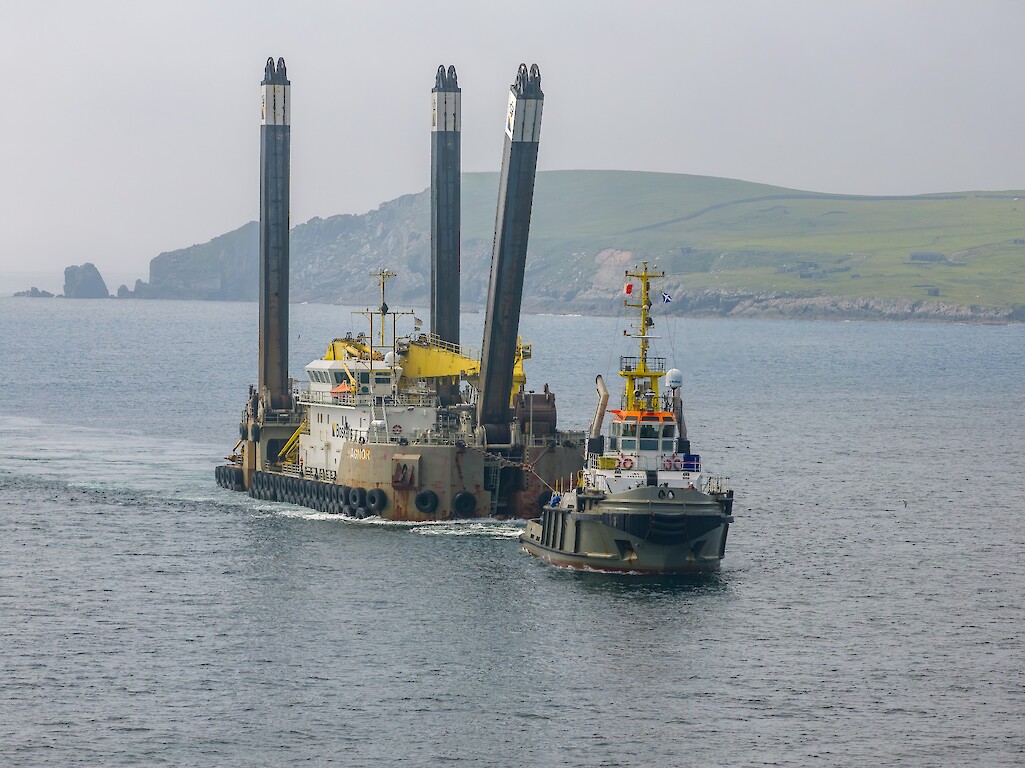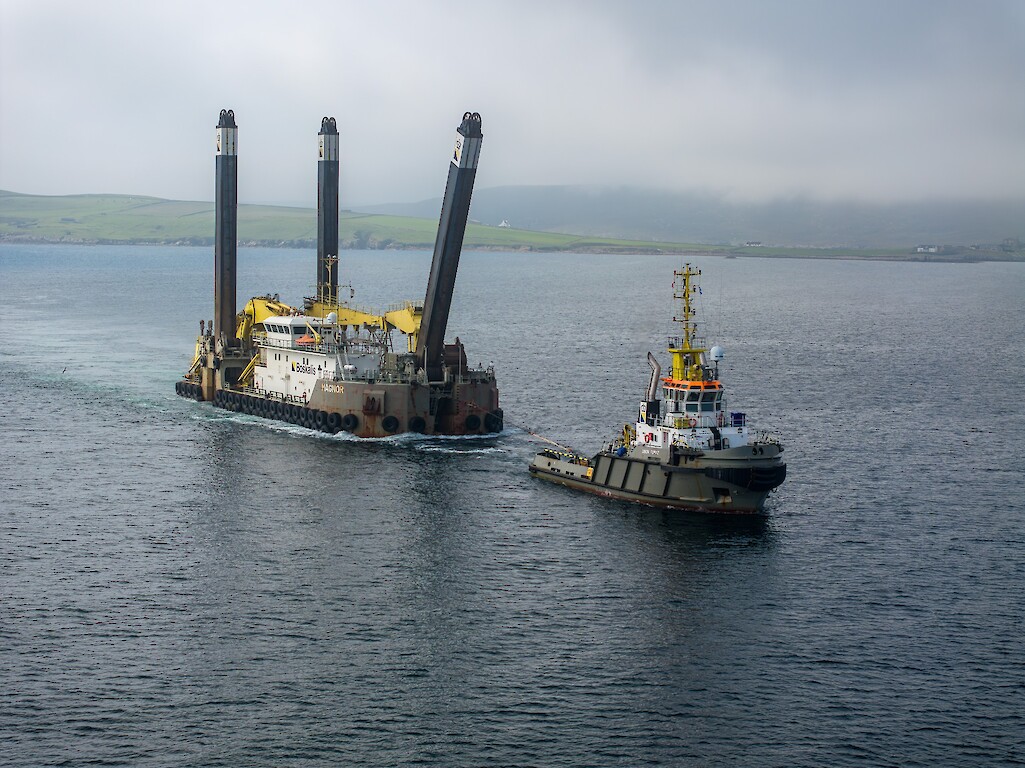Various sectors at Lerwick Harbour to benefit
The second phase of a major dredging project at Lerwick Harbour is set to get underway mid-month (August) following successful completion of an initial phase on time and budget in July.
The resumption of dredging by Boskalis Westminster Ltd follows the arrival of the world’s biggest backhoe dredger, Magnor, today (Thursday 14 August 2025).
The latest contract award was led by project managers, Scottish-based Arch Henderson, part of international consulting engineers, Haskoning. The project is supported by Bank of Scotland and Scottish Government agency, Highlands and Islands Enterprise.
Scott JoyceBank of Scotland, Relationship ManagerScott Joyce, relationship manager at Bank of Scotland, said: “It’s great to see the Magnor arrive in Lerwick - a real milestone in what is a hugely important project. These upgrades will help attract large energy and decommissioning projects, while also opening up new opportunities for fishing, cruise and renewables.
“We’re pleased to be working alongside Lerwick Port Authority on a project that has the potential to drive long-term benefits for the port and Shetland’s wider economy.”
The initial soft dredge phase at the Shetland port was completed on time and on budget, with trailer suction hopper dredger, Shoalway, departing on 21 July.
For the second phase of hard dredging, Magnor is accompanied by two Union support tugs, Onyx and Topaz, the split hopper barge, Terraferre 501 and a survey vessel, Aramis.
The dredger will operate in Dales Voe and Gremista basin adjacent to Mair’s Pier, as well as the North Ness Channel.
Captain Calum GrainsChief ExecutiveCaptain Calum Grains, Port Authority Chief Executive, said: “With excellent progress made, the project is scheduled for completion in February 2026, enabling larger vessels to use the harbour and benefitting a range of sectors, including pelagic fishing, cruise and energy.
“We are grateful to Bank of Scotland and HIE for their support on a project of this scale.”
Soft seabed materials and hard rock removed in the two phases is expected to total 450,000 cubic metres, with disposal north of the island of Bressay.
Read more on the announcement of funding from Scottish Government and Highland and Islands Enterprise towards the project.




